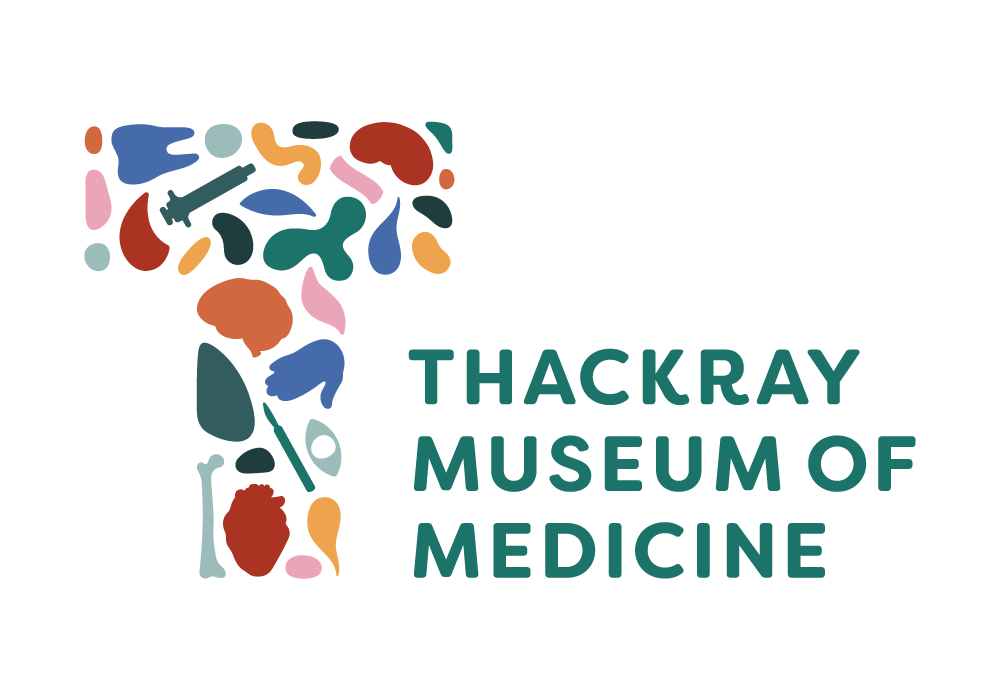The Windrush Nurses
For Commonwealth nurses, systematic racism prevented professional development
The NHS officially opened on the 5th July 1948 following campaigning and planning by Aneurin Bevan. It was understaffed pretty much from its inception and it has always relied on migrant workers. The NHS actively sought staff from all over the world, in particular focusing on Commonwealth countries.
Worldwide call for staff
People were invited to the UK by the government and they came from all over the globe; nurses and midwives from Jamaica, Barbados and Malaysia and doctors from India and Pakistan. Doctors, nurses, midwives and auxiliary staff in the NHS were always from all over the world and part of the economic migrant community.
U.S. Signal Corps/Public domain (First black nurses from Army Nurse Corps land in England during World War II)
[We are actively working to diversify our collection in order to better represent the diversity of the history of medicine, if you can help, please email: info@thackraymuseum.org]
On the 22nd June 1948 the now famous ‘Empire Windrush’ docked at Tilbury bringing the first wave of Caribbean immigrants coming to help rebuild post war Britain and to staff the NHS. The government offered them the chance to come to the so called ‘mother country’ to live and work.
The call spread across the Empire and by 1954 there were more than 3,000 women from the Caribbean training as nurses in British hospitals.
Just like modern nurses, those women (and nurses were almost exclusively women) worked long and intensive hours. The first decade of the NHS can definitely be seen as a learning curve. It was almost crippled in its first year as so many people required health care that they had not had access to before. There were period-specific problems, including epidemic outbreaks like polio and the ‘great smog’ in London in 1951 which caused around 4000 deaths in December that year. (Smoke pollution legislation was introduced soon after).
The Martindale Protective Mask, (Thackray Collection)
Treatment upon arrival
For all nurses life was quite tough. It was particularly difficult for the migrant nurses who came.
Most of the nurses who came were qualified in their own country, but their qualifications were not accepted in Britain.
They had to work hard to regain their qualifications. Similarly, Commonwealth nurses often found themselves blocked from state registered training. Few Commonwealth nurses would receive promotions or opportunities. Widespread, systematic racism prevented professional development and extended to abuse, racism and mistreatment on the wards.
It has been argued that despite the invite from the government no preparation had been done to prepare the British people for an influx of migrants. As such many migrants found themselves unwelcome in their new homes and jobs. Many new NHS staff found themselves in a hostile environment at work and at home. There are many stories of the racism and isolation the Windrush generation faced (and still face). Allyson Williams, a former midwife from Trinidad said: “No one prepared you for how the patients were going to treat you. They’d slap your hand away and say, “don’t touch me, your black is going to rub off on me”.
Diversity is crucial
Now Britain is a nation of diversity. Around 15% of the population are from BAME backgrounds. Ethnic minorities still work to support the NHS. Indeed, the NHS is one of (if not the) largest employer of people from a BAME background in Europe. Around 1 in 5 of the NHS workforce comes from a BAME background and around 13.5% of the workforce have non-British nationalities.
NHS Protest Poster, 2018 (Thackray Collection)
It is the diversity of the NHS workforce, both now and in 1948 that has enabled its survival.

